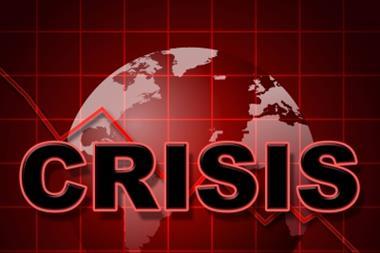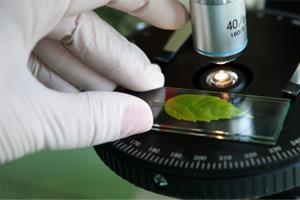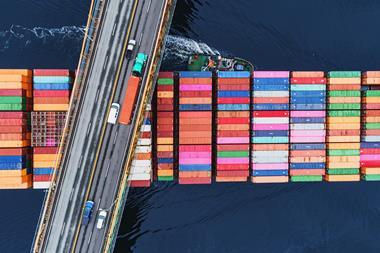How the medical product manufacturing industry was able to keep the PPE and vaccine supply chains flowing
While COVID-19 slammed the brakes on the operations of businesses across the world from early 2020, one industry was charged with helping the global economy find the accelerator again.
The medical product manufacturing industry ultimately runs the supply chain which links medical advancement with life-saving treatment.
In the early stage of the pandemic, Personal Protective Equipment (PPE) needed distributing. As tests were developed, Polymerase Chain Reaction (PCR) diagnostics became essential, as did various therapeutics. When the vaccines were developed they needed global distribution to save lives, while Rapid Antigen tests (RATs) eventually got the world moving again.
At every stage, the medical product manufacturing industry largely kept its supply chain flowing. As a vital lesson for global risk managers in every industry, just how did they manage it?
“As a result of the Coronavirus, we have had billions of people locked down by their governments to combat the threat of COVID,” Travis McIntosh, underwriting and product manager for Industry Practices at Chubb Insurance told the recent PARIMA webinar ‘Supply Chain Risk Management for the 2020s – What’s the New Normal?’
“Coronavirus created an unprecedented rise in demand for manufactured products, such as for laptops and monitors for people working from home. However, we also had reduced capacity and availability of manufacturing inputs, driven by the absence of a workforce,” he said.
“That lack of manpower for essential services led to significant disruption to the delivery of manufacturing inputs, causing a global supply chain crunch. However, one sector – the medical product manufacturing industry – was able to rise to the challenges that this scenario created.”
Unique attributes
McIntosh said that the medical product manufacturing industry continued to deliver everything from PPE to vaccines with minimal shortages during the pandemic due to the unique attributes and resilience of the industry compared to others.
“Firstly, regulatory oversight. Rightly so, the drug and device industries are among the most regulated industries on the planet, with documented contingency plans which are audited,” he said.
“The industry is subjected to exceptionally high quality standards that are required for all manufacturing inputs that go into a medical product. There’s a range of raw materials required and they all need to meet the required standards for specific markets, such as the quality assurance processes defined by the World Health Organisation’s Good Manufacturing Practice or ISO 13485.”
McIntosh explained there is a high level of outsourcing and manufacturing technology transfer that goes on within the pharmaceutical and biotechnology industry. These include contract manufacturers, packagers and logistics firms all assisting the industry.
“Finally, as a corollary to these elements is a lack of agility in their vendors and servicers. This means changing a vendor or service provider is not an easy task for a pharma company, because they will typically require recertification and reauditing by a regulator.
”As such, pharma companies need to have a robust panel of vendors and servicers in case one of them is unavailable or goes down for some reason,” said McIntosh.
Know your partners
McIntosh said that such attributes can be applied to businesses outside of the life sciences industry, creating a ‘new normal’ for supply change management in six key areas:
- Disaster recovery plan
- Risk awareness
- Inventory
- Partner vetting
- Insurance
- Preparedness
“On the first element, disaster recovery plan, it showed the importance of having a formalised plan in place for your business,” said McIntosh. “A more advanced DRP which also considers loss of vendors and service providers.
“For risk awareness, we need to be thinking not just about natural disasters, but also geopolitical risks and potential cyber events, especially with a larger workforce at home.”
On the inventory consideration, McIntosh said it is vital to understand critical components and inventory levels, ensuring they are fully adequate ahead of time.
“For partner vetting, know who your partner is and understand not just where your partner is located, but where they are sourcing their products,” he said. “Then on insurance, it is important to ask ‘is our risk transfer programme fit-for-purpose?’”
On the sixth and final area – preparedness – McIntosh added “as the cliché goes, ‘no plan survives first contact with the enemy’, so organisations should consider mock disaster scenarios to test their DRP.”




















No comments yet